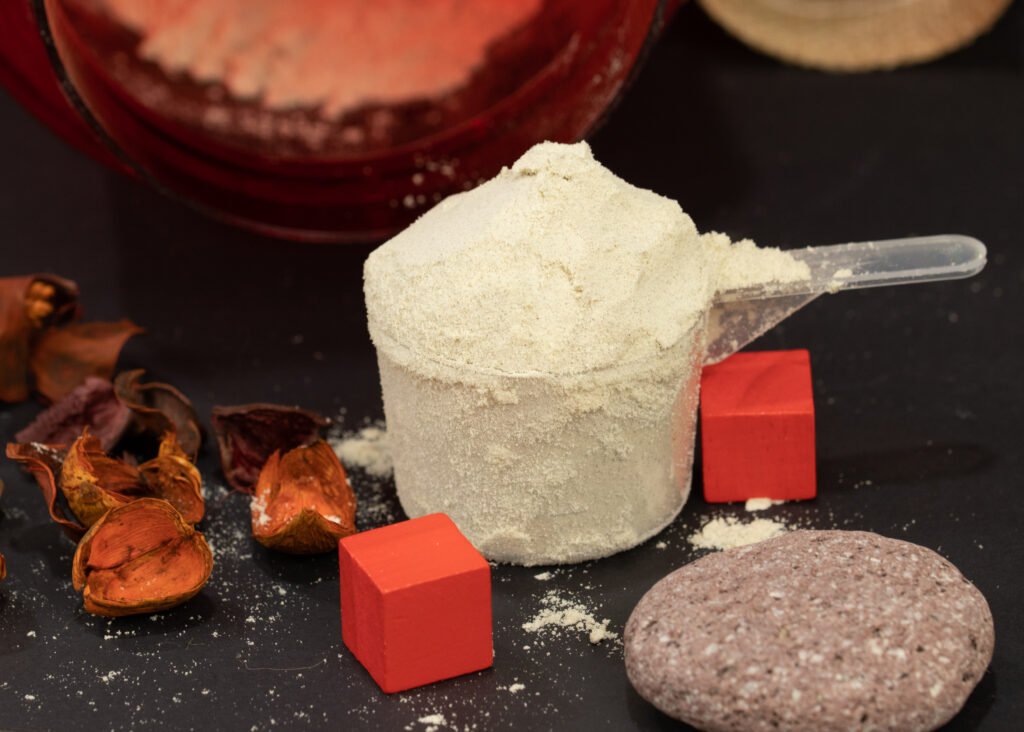Although processed foods frequently contain artificial food coloring, not all dyes are made equal. Red Dye 3 stands out among the numerous artificial dyes utilized in food production because of the possible health hazards it poses. This vivid red ingredient, which is present in everything from baked products and sweets to cosmetics and medications, has been connected to major health issues.. In this article, we will explore the dangers of Red Dye 3, its impact on human health, regulatory concerns, and safer alternatives.
What is Red Dye 3?
Erythrosine (E127), another name for Red Dye 3, is a petroleum-based artificial food coloring. It is frequently used to give processed goods a bright pink or red color to improve their look. Gumdrops, fruity snacks, cake embellishments, and even prescription drugs contain it.. Despite its widespread use, concerns over the dangers of Red Dye 3 have been growing for decades.
The Dangers of Red Dye 3: Health Risks
1. Potential Carcinogenic Effects
One of the most alarming concerns regarding the dangers of Red Dye 3 is its potential link to cancer. Studies conducted on laboratory animals have shown that high doses of Red Dye 3 can lead to thyroid tumors. In fact, the U.S. Food and Drug Administration (FDA) banned its use in cosmetics and topical drugs in 1990 due to these findings. However, it remains legal in food and oral medications, raising concerns about its long-term effects on human health.
2. Hyperactivity and Behavioral Issues in Children
Red Dye 3 and other artificial food dyes have been linked to children’s hyperactivity and behavioral issues. Children who eat foods containing artificial hues may become more restless, have trouble paying attention, and have mood swings, according to some study. Parents who are worried about their child’s conduct should be mindful of the risks associated with Red Dye 3 in kid-targeted products like fruit-flavored cereals and gummy candies.
3. Allergic Reactions and Sensitivities
Consuming Red Dye 3 may cause hypersensitivity or allergic reactions in certain people. Itching, headaches, respiratory problems, and hives are some of the symptoms. Red Dye 3 is not harmful to everyone, however people who have dye sensitivity or pre-existing allergies should be wary about consuming it.
4. Hormonal Disruptions
According to studies, Red Dye 3 could disrupt regular hormonal processes. Rat studies show that this artificial color can change thyroid hormone levels, which may cause problems with metabolism and general endocrine function.. Given that hormonal imbalances can contribute to various health issues, avoiding the dangers of Red Dye 3 may be beneficial for long-term wellness.
Where is Red Dye 3 Found?

Despite growing concerns, Red Dye 3 remains prevalent in many processed foods and non-food products. Common sources include:
- Candies & Sweets: Marshmallow treats, gummies, and jelly beans
- Baked Goods: Frosted pastries, cake decorations, and colored icings
- Beverages: Fruit-flavored drinks and powdered drink mixes
- Medications: Over-the-counter pills and cough syrups
- Cosmetics: Lipsticks and blush (though largely phased out due to regulations)
Checking ingredient labels is essential if you wish to avoid the dangers of Red Dye 3 in your diet.
Regulatory Status: Is Red Dye 3 Banned?
Despite being prohibited in the United States for use in external-use pharmaceuticals and cosmetics, Red Dye 3 is nevertheless permitted for use in food and medication taken by mouth. Artificial dyes are subject to more stringent laws in some nations, such the European Union, which either forbids them completely or requires warnings on labels. Consumer advocacy groups continue to push for stronger restrictions, citing the scientific evidence on the dangers of Red Dye 3.
Some businesses have chosen to use natural substitutes for Red Dye 3 in their products in response to growing concerns. Many consumers are still ignorant of its dangers, despite the fact that it is still frequently utilized in the food sector.
Safer Alternatives to Red Dye 3
For those looking to avoid the dangers of Red Dye 3, there are plenty of natural food coloring alternatives available:
- Beet Juice Powder – Provides a deep red hue without synthetic additives.
- Pomegranate Juice – A natural option used in beverages and desserts.
- Paprika Extract – A great alternative for red-orange coloring in sauces and snacks.
- Carrot Concentrate – Often used to enhance orange and red shades naturally.
Red Dye 3 exposure and related hazards can be decreased for consumers by selecting items with natural colorants.
How to Protect Yourself and Your Family
Now that you understand the dangers of Red Dye 3, here are some steps to minimize your exposure:
- Read Labels Carefully: Look for “Red 3” or “Erythrosine” in ingredient lists.
- Choose Natural Alternatives: Opt for brands that use fruit or vegetable-based colorants.
- Limit Processed Foods: Many highly processed snacks contain synthetic dyes.
- Support Regulation Changes: Stay informed and advocate for stricter food safety laws.
Making better decisions requires awareness. Businesses will be more inclined to eliminate Red Dye 3 of their products as more customers want safer components.
Conclusion
The dangers of Red Dye 3 go beyond just artificial coloring—this additive has been linked to hormonal imbalances, hyperactivity, and even potential carcinogenic effects. Despite increasing concerns, it is still present in many processed foods, medications, and cosmetics.
At Kairos Health and Wellness, we are dedicated to helping you make informed, healthier choices. If you want to minimize exposure to harmful additives and take charge of your well-being, we provide expert guidance on natural alternatives and tailored nutrition plans to support your health.


